Hydrangea is the real queen of the garden, along with a rose. An unpretentious shrub will delight with beauty and lush flowers, even if you give it a minimum of time. Planting and caring for hydrangea in Siberia will differ from the same activities in a temperate climate. But paying enough attention to this plant, you will decorate the garden for the whole summer.
Material Content:
Varieties for growing in Siberia
The decorative hydrangea climate of Siberia seems rather harsh. However, varieties have been created that can very well grow here and produce beautiful flowers. When choosing varieties should focus on those that are bred in the northern regions. The most hardy are paniculate and tree-like.
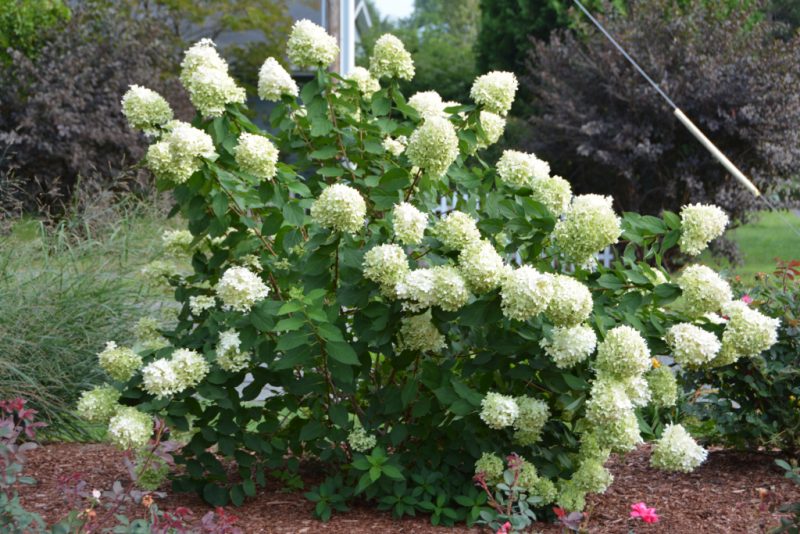
Especially for cold climates, frost-resistant varieties of hydrangea are bred:
- Limelight;
- Pink Diamond
- The Magic Flame;
- The Magic Fire.
In small garden areas, you can grow a low-growing variety "Bobo" or dwarf "Vanilla" and "Sandai Fresh."
The nuances of growing flowers
In harsh climates, plants require special care. One of the most important conditions is the right landing site. This culture does not tolerate cold northerly winds, but the bright sunlight will also prevent it from developing correctly. The composition of the soil into which hydrangea is planted is also important.
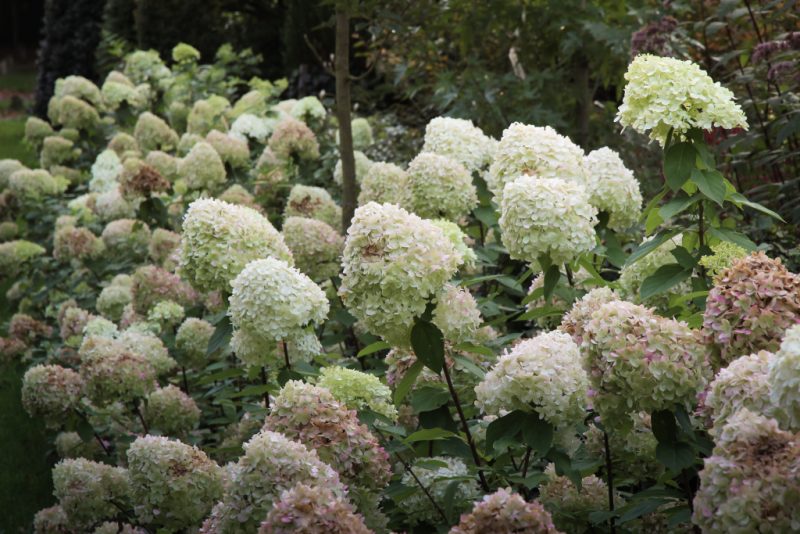
A good place to land will be the southern or eastern walls of buildings or the perimeter along the fence.
- Soil will require medium acidity. The presence of peat and last year's leaves is well reflected in the growth of the bush. Alkaline environment is unacceptable - in it the plant simply will not develop.
- It is important to carry out abundant watering of the crop. Soil should be moist and around the plant.It is good to add potassium permanganate (1 g / l) to water for irrigation - this disinfects the soil.
- Mulch the ground under the bush. This will help preserve moisture and allow less frequent watering.
Hydrangea planting in open ground in Siberia
Landing begins with the preparation of the landing pit. The roots of this plant are located in the surface layer of the soil, so it should not be deep. Its size will be about half a meter in width and the same in length and depth.

A slightly acidic soil of this composition will be required:
- sand - 1 part;
- peat - 1 part;
- fertile land - 1 part.
Before boarding:
- The soil should be moistened and let the water soak it.
- On the plant you need to leave 5 - 6 buds.
- Trim dry and broken roots.
Then the seedling is planted in the center of the pit, straighten the roots and sprinkle them with earth. The earth is slightly compacted, mulched with dry foliage or needles.
It is important to remember that the root neck of hydrangea is not deepened, it is placed at ground level, not allowing elevation above the soil.
The success of hydrangea cultivation in Siberia largely depends on the correctness of the selected season for its planting. This is usually done after establishing a constant positive temperature, if there is no danger of freezing frost.
Features of proper care
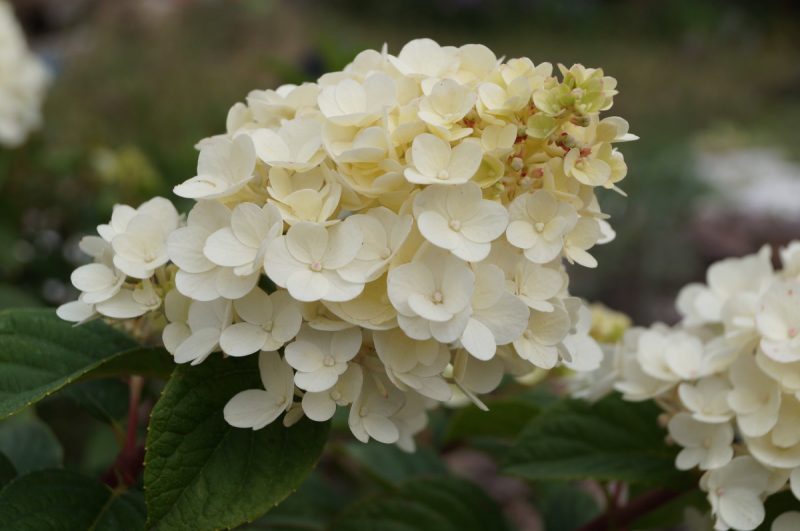
This procedure includes:
- fertilizer application;
- watering;
- pruning.
To hydrangea well developed and bloomed, it is fertilized 4 times. To this end, organic and mineral mixtures are added. From organic top dressing, manure or bird droppings will be good. Mineral compositions should include nitrogen, phosphorus and potassium, trace elements.
- The first top dressing is performed in the spring at the beginning of the movement of plant juices. It should include all the useful elements.
- During the appearance of flower buds, a complex fertilizer should be reintroduced, alternating it with organic additives.
- In July, when the flowering of the shrub begins, it is fed with a composition with a predominance of phosphorus and potassium elements.
- After the leaves fall, watering and fertilizer will be required to provide the plant with vitality for the winter. This time, nitrogen is not present in the composition.
Hydrangea develops well only in moist soil. However, stagnation of water is also undesirable. Non-rigid water is used. It is better to defend tap water. To reduce the evaporation of moisture from the soil surface, mulching is used. Watering is useful to combine with top dressing.
To get a neat beautiful bush, crop the crop.
- In hydrangea paniculata in spring, young shoots are cut off, on which three buds are left.
- The dried branches are cut off on the main branches.
- The tree leaves 6 buds.
How to propagate hydrangea
If such a shrub grows on your site, then this will not present any difficulty.
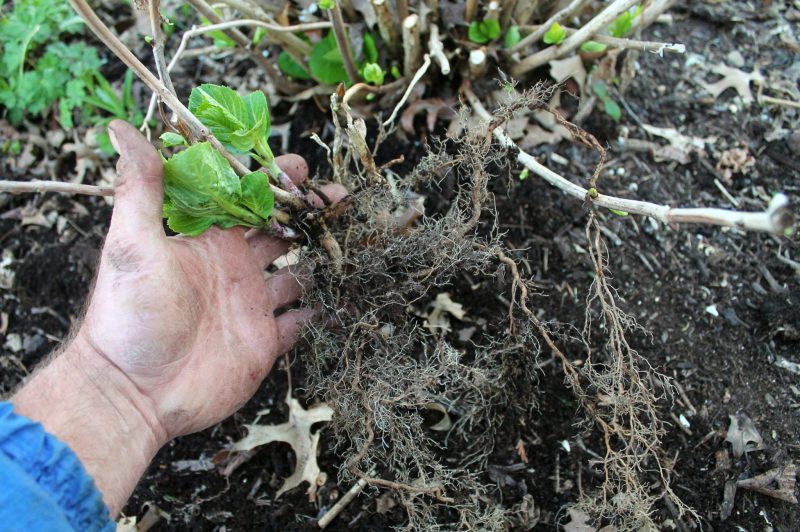
The following methods of propagation of hydrangea are:
- Layering.
- By dividing the bush.
- Green cuttings.
The first method is carried out by digging a side shoot. We press it to the ground and fix it. By next spring it will be a bush with its own roots. It is enough to cut the shoot and plant a new plant.
Hydrangea can also be propagated by seeds, but at the same time it will bloom in a few years, and in addition, the seeds do not always germinate. Varietal features with this method may not be preserved.
Professional gardeners consider the use of cuttings to be the best way to propagate plants. With this method, all characteristics of the variety are retained.
The action is as follows:
- In the morning, when the shoots still store moisture, cut a branch with developed buds. The shoot is immediately placed in water.
- In the future, cuttings are cut. Each must have 3 pairs of leaves. The top is not used. The lower leaves are cut, leaving stumps, and the upper leaves half the sheet.
- The resulting cuttings are placed in a rooting agent solution for 2 hours.
- Next, future seedlings are planted in pots. The soil in them should consist of 1 part sand and 2 parts peat. She is kept moist all the time.For better rooting of the seedling, the pots are covered with a transparent jar.
That's all the difficulties. If you approach this process responsibly, you can independently obtain planting material without spending a lot of money on it.
Wintering plants
In order for the hydrangea bush to take root and winter well, you should purchase zoned plants grown in your region.
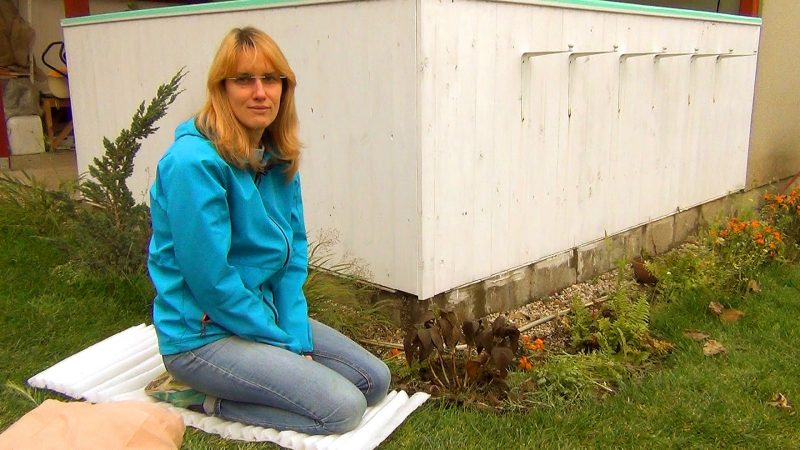
You should know that the bush reaches its heyday in 5 years. Then it becomes resistant to cold and can tolerate Siberian winters.
The most cold-resistant is panicled hydrangea. It can withstand frosts of –35 ° C, it is enough just to cover the root system with a mulch (trunk circle). Young landings harbor more carefully.
- To do this, use spruce paws, lutrasil and other covering materials.
- As shelter used rotted manure, peat, dry grass and leaves.
- After the snowfall, the bushes are covered with snow. In addition to heat, such a shelter will provide the plant with moisture after the snow melts.
- Before warming the bush, it is sanitized. Dry inflorescences and broken branches are removed.
Protection against diseases and pests
Most often, hydrangea is affected by powdery mildew. Of the pests, aphids are dangerous.
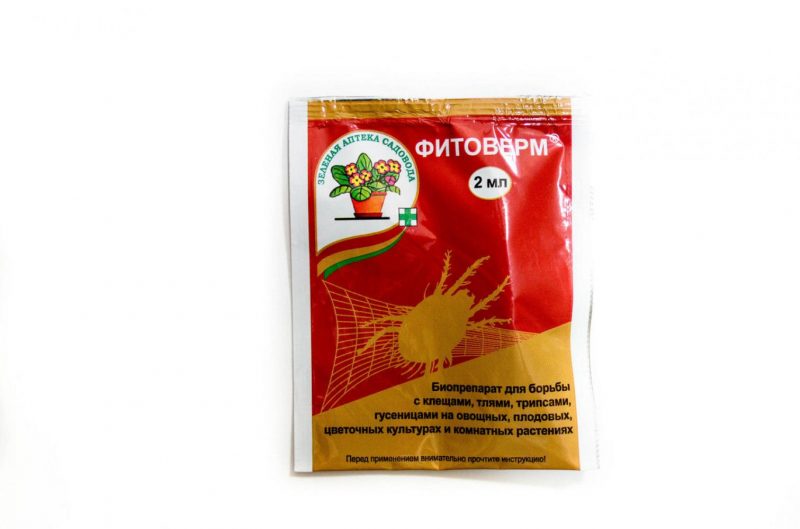
When powdery mildew appears, the bushes are treated with the “Fundazole” solution - 30 g of powder per 10 l of water. The use of Bordeaux fluid has proven itself well. These means spray the plants in the evening or in cloudy, calm weather.
To prevent aphids from appearing on the site, ants should be destroyed. They are the main carriers of aphids. For the fight using various fungicides. More gentle methods are the use of folk remedies. This is an infusion of garlic or hot pepper. Soap is added to the solution, for better adhesion to the green part of the bush. It is useful to use biological agents - Fitoverm, Fitosporin.
The harsh Siberian climate is no reason to abandon the cultivation of ornamental shrubs. The main thing is to carefully choose the variety and observe the requirements for caring for the bushes. Then you will receive a magnificent plant for your garden, which will delight you with its flowering for a long time.












